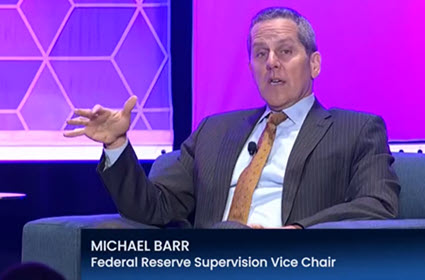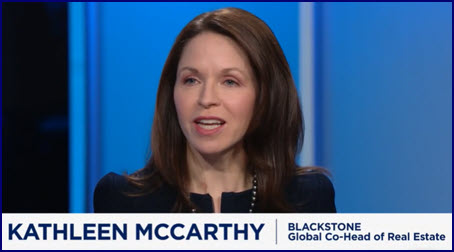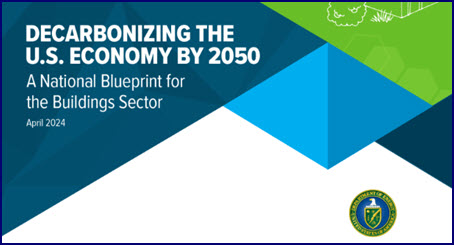
Recent reports show U.S. office vacancies climbed to nearly 20% during Q1 2024 after loan modifications more than doubled last year compared to 2023. Meanwhile, Federal Reserve Board Vice Chair for Supervision Michael Barr cautioned this week that federal regulators are “looking carefully at banks with heavy concentrations in office commercial real estate where there are significant, expected price declines.” (Moody’s Analytics, April 2 | CRED iQ, March 28 | (C-SPAN video, April 3)
Office Sector
Fed Oversight & CRE Sectors


Commercial and multifamily market conditions will be discussed during RER’s April 15-16 Spring Meeting in Washington DC (Roundtable-level members only) with guests including White House Council of Economic Advisers Chairman Jared Bernstein, House Democratic Leader Hakeem Jeffries (D-NY), and House Financial Services Member French Hill (R-AK).
# # #

Reducing greenhouse gas (GHG) emissions from buildings is the focus of a “national strategy document” released this week by the Biden administration. The Department of Energy (DOE) “blueprint” has no regulatory impact on private sector assets, but it articulates aspirational goals to reduce building-related emissions 65% by 2035 and 90% by 2050. (Department of Energy (DOE) news release, April 2 and Politico EnergyWire, April 3)
Four Pathways
“Decarbonizing the U.S. Economy by 2050: A National Blueprint for the Buildings Sector” outlines four action categories:
Noteworthy Recommendations

DOE plans to vet these recommendations for federal actions to reduce building emissions in the future with a wide range of stakeholders, track progress on their implementation, and amend the document as needed.
# # #